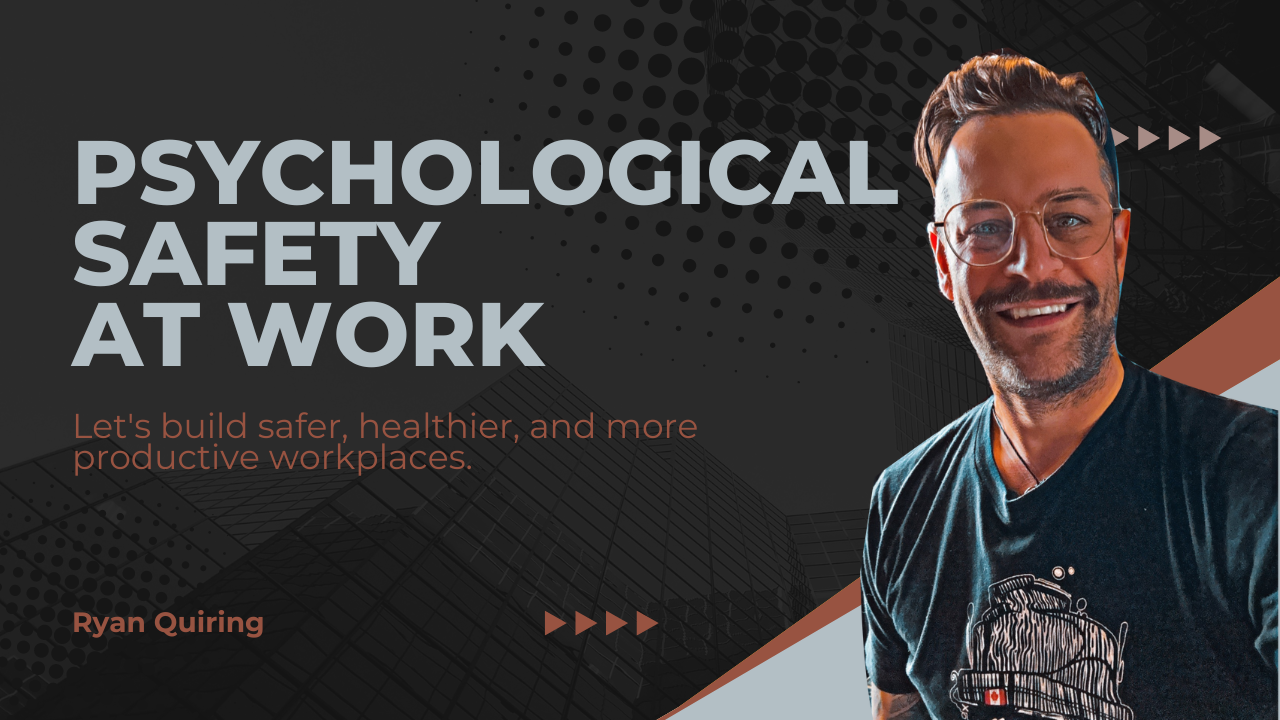I want to tackle a crucial topic: how to navigate conflict in a way that maintains psychological safety. As someone who’s witnessed numerous disputes in team dynamics and conflict, I know it is valuable for growth and innovation when handled well.
Let’s start by challenging a common misconception: a psychologically safe workplace is without conflict. In reality, psychological safety isn’t avoiding disagreements – it creates an environment where conflicts can be addressed openly, respectfully, and constructively.
When we navigate conflict well, we can turn potentially divisive situations into opportunities for understanding, creativity, and stronger relationships. So, how do we do this? Here are 14 strategies!
- Reframe your view of conflict. Instead of seeing it as a threat or a sign that something’s wrong, view it as a natural part of human interaction and an opportunity for growth. Diverse perspectives naturally lead to some friction, and that’s okay.
- Focus on psychological safety. Creating an environment where people feel safe to express disagreement without fear of retribution or embarrassment. Remind everyone that it’s okay to have different views and that the goal is to understand each other, not necessarily to agree on everything.
- Practice active listening. When someone expresses a conflicting view, really listen to understand their perspective. Don’t just wait for your turn to speak. Ask clarifying questions. Mirror what you’ve heard to ensure you’ve understood correctly.
- Use “I” statements. Instead of making accusatory “you” statements, express your feelings and perceptions. For example, “I feel frustrated when…” rather than “You always…”
- Focus on interests, not positions. Often, conflicts arise because we focus on our positions (what we want) rather than our interests (why we want it). Try to uncover the underlying needs and concerns behind each person’s stance.
- Separate the person from the problem. Avoid personal attacks or projecting hostile intentions on others. Focus on addressing the issue at hand, not on criticizing the person.
- Look for common ground. Even in conflicts, there are usually areas of agreement. Identifying these can create a foundation for resolving differences.
- Brainstorm solutions together. Once you understand each other’s perspectives and interests, work collaboratively to find solutions that address everyone’s concerns.
- Be willing to compromise. Remember, the goal isn’t to win the conflict but to find a resolution that works for everyone involved.
- Take breaks if needed. If emotions are running high, it’s okay to pause the discussion and return to it when everyone has cooled down.
- Follow up after conflicts. Check in with the people involved in the conflict to ensure that resolutions are working and that there is no resentment percolating in the background.
- Model good conflict resolution behaviour. If you’re in a leadership position, how you handle conflicts sets the tone for your entire team. Demonstrate openness to different views, respectful disagreement, and a focus on collaborative problem-solving.
- Provide training and resources. Consider offering conflict resolution training to your team. Having a shared vocabulary and tools for addressing conflicts can be incredibly helpful.
- Celebrate productive conflicts. When your team navigates a disagreement well and comes to a resolution, acknowledge it and reinforce the idea that conflict, when handled well, is valuable.
Remember, the goal isn’t to eliminate conflict but to create an environment where conflicts can be addressed in a way that maintains trust, respect, and psychological safety.
I challenge you to reflect on how you typically handle conflicts. Are there areas where you could improve? Perhaps you could practice active listening or work on expressing your own views more constructively.
As we wrap up, remember that navigating conflict in a psychologically safe way is a skill—and like any skill, it improves with practice. Don’t feel disheartened if things don’t come out perfectly; it’s about consistently trying to understand others, express yourself clearly and respectfully, and work towards solutions that benefit everyone.
When we learn to navigate conflicts well, —we create a culture where diverse viewpoints are valued, innovation can flourish, and every team member feels safe to express their authentic self. And that’s the kind of workplace where people and organizations can thrive.
